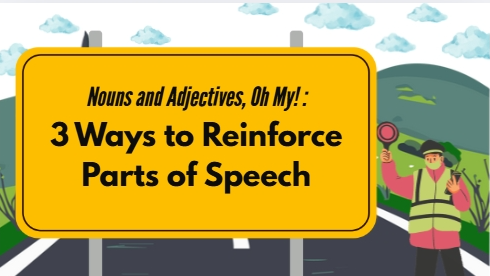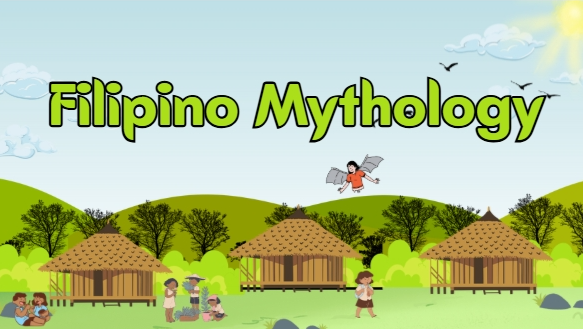Making opportunities to describe and talk about different parts of speech will stress out the importance of it. Indeed, all our language would not be the same if one is missing.
Using these 3 creative ways to reinforce parts of speech, your students will always know where they stand with the parts of the whole.
Proper or Common Nouns : Jobs and Relationships
Skimming each part of speech and taking time to learn the different jobs can be very helpful for your ESL students. For instance, proper nouns of people, places, animals and things. It provide students an opportunity to see professions differently in action. Their jobs, let us say can be as subject or object and they can answer the questions who, what, and where.
Look at the examples below by clicking the link:
https://wordwall.net/resource/28205962/identifying-nouns-proper-vs-common
Order and Color-Code
You can do some creative word ordering for a light exercise or take it further and make a game out of it. Scramble up sentences and questions from homework or a textbook. You can do this in a number of ways depending on the end result you are looking for. For an interactive, low-prep option, try this board activity.
How to Play:
- Divide the board into five to eight squares.
- Label each square with one of the parts of speech. Give the students your handout of scrambled sentences or provide them cut up sentences that they have to assemble. Once the students have worked together to construct their sentences, go through the answers, and discuss alternatives or problematic answers.
- Next, use your grid on the board to have each student take a turn deconstructing a sentence into correct parts. Another way to utilize the board grid is to put the grid in order of how sentences or questions are generally built or a point you would like to emphasize.
- Last, have students generate their own sentences or questions by following the order.
Here’s an example:
Article Noun Verb Preposition
The girl drove to the store
Adverb
carefully
Students would then come to the board and write words under each category to generate an original sentence. You can easily switch up the categories to have students create different types of sentences. Applying color-coding along with this activity can add an interesting twist.
This is especially great for visual learners and for creating outstanding memory retention. Having to write each part of speech in a different color also causes students to slow down and think about their choices. So it is pretty simple: each category is assigned a color. Nouns could be red, verbs are blue, adjectives are black, etc. If you want to take this to the next level, you could apply the same color to the the part of speech anytime you are working on de-constructing sentences. You could also have students color-code their homework using highlighters or if it’s easier, assign each part of speech a shape. Nouns could be boxed, verbs are underlined and adjectives are circled. Whatever you think would work best for your students to help them remember each part of speech, and make associations that are helpful and not confusing or overwhelming.
VOTE FOR IT
This voting exercise is useful as a whole language experience. You can devise it in a way that it supplies spoken, written, listening and reading practice. However if you would like to focus on only one or two aspects of the language, it is easily adaptable.
How to Play:
- Bring in a story, random sentences from a text, or create your own examples. Read one sentence aloud at a time, either correctly or incorrectly. You can have students write out each sentence like with dictation.
- Then, have them vote as a class whether they think the sentence is correct or not. If they claim it is incorrect, they must tell why and propose a correction. You can choose students to write out sentences on the board as you go through the exercise. You can also write a few of the proposed sentences on t he board, have students read them aloud, and then vote on whether they are correct or not.
Take note, the part of speech have individual uses and relationships with one another that craft how we use our language.
As an educator, what are your ways to deliver parts of speech to your students?
Do you use visuals, sounds or text?
Subscribe to our daily post and get more ideas to teach English with your students!




